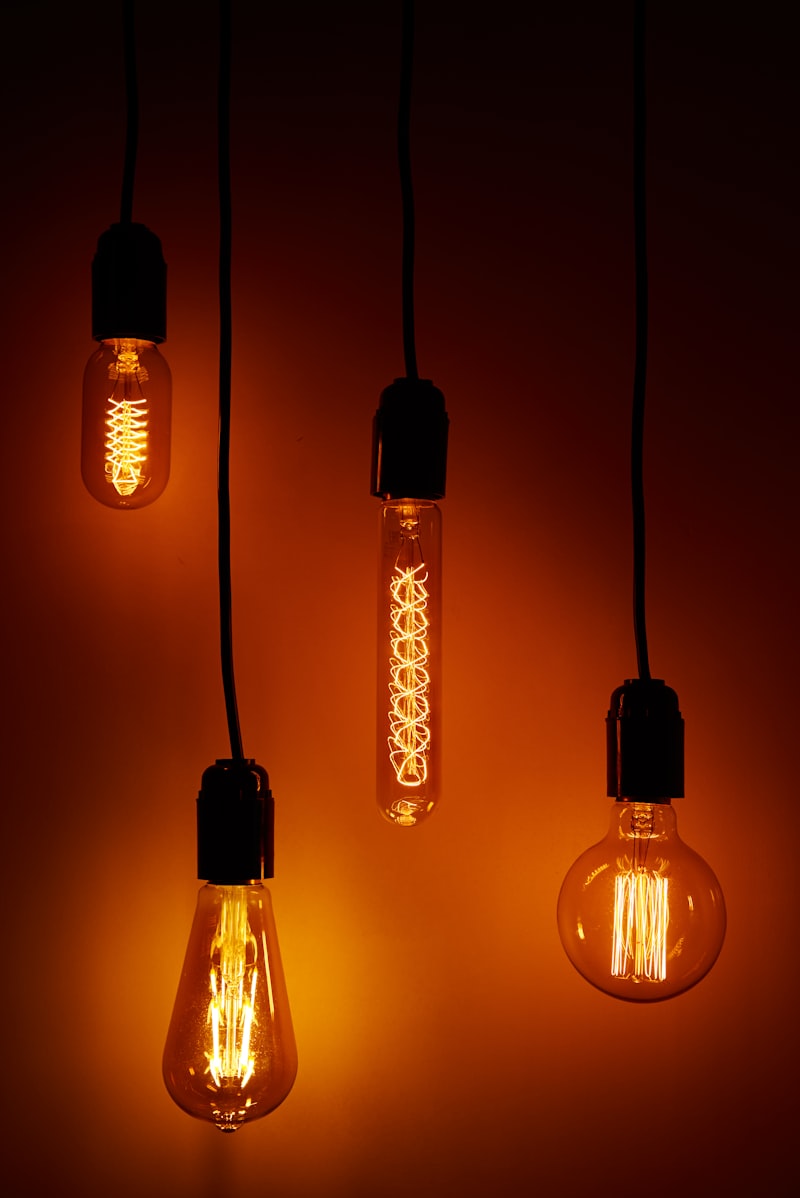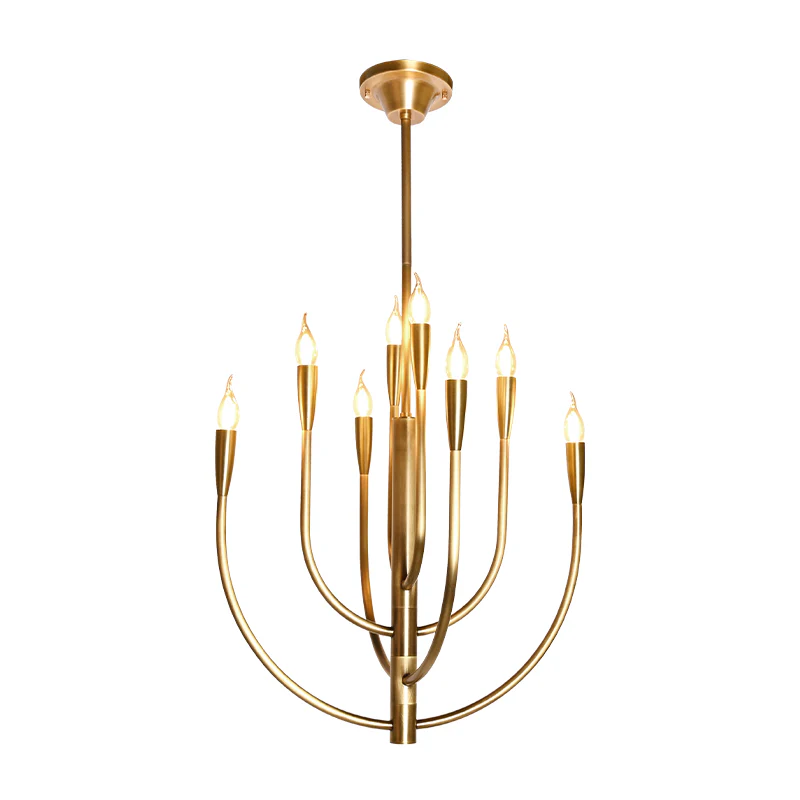The Ultimate Guide to Art Lights: Elevate Your Space with Perfect Illumination
The Ultimate Guide to Art Lights: Elevate Your Space with Perfect Illumination
Understanding Art Lights
Art lights are essential for showcasing artwork in the best possible way. They provide the perfect balance of illumination that complements the piece, highlights textures, and creates an inviting ambiance in any room. Whether you're a gallery owner, an art dealer, or a homeowner looking to enhance your space, understanding how to choose and use art lights can transform the way your art is experienced.
Why Art Lights Matter
Proper lighting is critical in art presentation. It can significantly affect how colors are perceived and the overall mood of a room. Poor lighting can overshadow even the most magnificent piece, while the right art lights will draw attention to the details and nuances that make each piece unique.
Types of Art Lights
There are various types of art lights, each serving a specific purpose. Here are some common types:
| Type | Description | Best For |
| Track Lighting | Flexible lighting system that allows you to direct light where needed. | Large galleries and museums. |
| Wall Washers | Evenly spreads light across a wall to highlight multiple pieces. | Showcasing a collection. |
| Picture lights | Mounted above or below a painting for focused illumination. | Single pieces or framed artworks. |
| LED Strips | Energy-efficient lighting that can be customized for different spaces. | Creative spaces and unique displays. |
Choosing the Right Art Lights
Selecting the right art lights involves considering various factors. Here's a guide to help you make the best choice:
1. Understand the Color Temperature: The color temperature of your lights affects how colors are perceived. Most artworks look best under lights that mimic natural daylight, which has a color temperature of around 5000K to 6500K. 2. Consider the Light Source: LED Lights are popular for art lighting due to their long lifespan and low heat emission. Incandescent lights provide a warm glow but can cause fading in certain artworks over time. 3. Think about the Fixture Design: The fixture itself can add style to your art display. Choose a design that complements the artwork and the overall decor of your space.4. Adjustability: Look for fixtures that allow you to adjust the angle and intensity of the light. This flexibility helps you fine-tune how your art is illuminated.
Installation Tips for Art Lights
Installing art lights may seem daunting, but with the right approach, it can enhance your artwork significantly. Here are some installation tips:
1. Light Placement: Position the art lights at a 30-degree angle from the artwork. This angle creates depth and reduces glare. 2. Height Matters: Mount Picture lights approximately 4 to 6 inches above the artwork. For track lights, ensure they're high enough to cover a broad area without obstructing views.3. Dimmer Switches: Installing dimmer switches can help you adjust the lighting based on the time of day or mood you wish to create.Popular Trends in Art Lighting
As with any design elements, trends in art lighting evolve over time. Here are some current trends that are gaining popularity:
1. Smart Lighting: Technology allows for smart lighting systems that can be controlled via smartphone apps, enabling you to change colors and intensities remotely.2. Minimalism: Clean lines and simple designs are trending, with emphasis on the artwork rather than the fixtures themselves.3. Vintage and Retro Fixtures: Many are opting for vintage-style fixtures that add character and charm to the environment while illuminating the artwork effectively.Best Practices for Maintaining Your Art Lights
To ensure your art lights stay effective and in good condition, consider these maintenance tips:
1. Regular Cleaning: Dust and debris can accumulate on fixtures, diminishing light quality. Regularly clean your lights and fixtures as needed.2. Replace Bulbs Promptly: When bulbs burn out, replace them immediately to ensure your artwork remains consistently illuminated.3. Monitor Light Exposure: Depending on the type of artwork, monitor and manage the amount of light exposure to prevent fading over time. Use UV-filtering bulbs where applicable.Exploring Additional Art Lighting Options
Besides the common types of art lights, there are additional options worth exploring:
1. Floor lamps: Adjustable Floor lamps provide flexible lighting that can adapt to different types of art display setups.2. Pendant Lights: Ideal for larger artwork or installations, pendant lights can add height and a unique focal point to your art space.3. Fiber Optic Lights: For a modern twist, fiber optic lights can create magical effects and are suitable for contemporary art displays.Conclusion: Elevate Your Art Experience with the Right Art Lights
Art lights play a crucial role in enhancing the presentation and appreciation of art. By understanding the types, trends, and installation tips for art lighting, you can create a stunning environment that showcases your artwork to its fullest potential. Remember to consider the specific needs of your art and your space when selecting and installing lighting.
Whether you're a professional in the art world or an enthusiastic collector, investing in the right art lights can transform your space, making it not just a gallery, but a true experience. Achieving the perfect art lighting balance can take time and experimentation, but the results will be worth it.
Final Suggestions: Regularly evaluate your lighting setup, experiment with different fixtures and placements, and stay updated on the latest trends to ensure your art remains beautifully illuminated. Make your art the star of the show with the perfect art lights!
